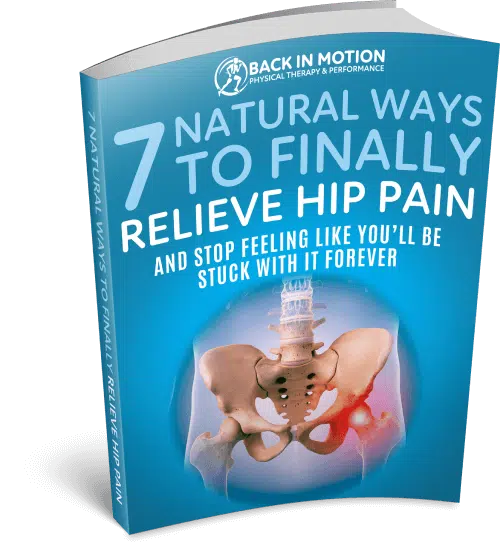3 Signs of Poor Posture
It is difficult to keep track of your postures every hour, all day. Still, you can often catch yourself and others around you hunched over phones or computer screen. Of course, it is not right – a fact all of us are well aware of. Forward head, slumped shoulders, hunch back, and flat feet – all these are biggest examples of poor postures. You can have some of them, or you might even have all of them! In either case, poor postures cause adverse effects on your health. The older we get, bad habits, like slouching cause muscle tension and fatigue, ultimately leading us to bad postures.
The good news is that you can improve your posture by making a few lifestyle changes. However, before that, you need to keep yourself abreast of major poor postures and their harmful health effects.
Forward head
While working on your computer, or watching TV, you may often find your head protruding forward several inches over the vertebra in the neck. It is called forward head posture where your head tilts of the cervical spine. Why is it wrong posture? You might be surprised to know that for every inch your head tilts forward on the shoulder, the weight of your head increases by a minimum ten pounds. It means that your head puts several times additional pressure on your cervical extensors and the neck for every inch you lean your head forward. As a result, your body is faced with multiple problems, like neck and shoulder stiffness and pain, migraine, jaw pain, cervical spine arthritis among others. The cause of forward head posture is excessive sitting and misalignment in the pelvis. It can also occur due to injuries or neck sprain.
Rounded upper back
If you have rounded upper back, you can’t sit with a straight back for more than a couple of minutes. Rounded shoulders are unnatural posture which is identified by an excess curvature of upper back along with a forward positioning of the head and curve shoulder. It occurs due to muscle imbalance – muscles of your chest are too tight and your back muscles and spine are too weak to support your shoulder. The common causes of rounded shoulders are – working on computers, and looking down at smartphones or computer tablets for a prolonged period. Round back shoulders can have serious medical concerns, like the risk of osteoporosis, disk generation. Round shoulders decrease mobility in the shoulder and make muscles more susceptible to injury.
Arched lower back
Also referred to as hyperlordosis, or lordosis, the arched lower back is excessive inward curvature of the lower back. Our spine curves a little near neck, upper back, and lower back, jointly creating our spine’s S shape. This shape is crucial to absorb shock, support weight of our head, align head over the pelvis, stabilize and maintain its structure and maintain flexibility. However, if your curve arches excess inward, it is called lordosis, lower arch back or swayback. It adversely affects your lower back and neck and leads excess pressure on the spine causing pain, stiffness, and discomfort.
Want to See How We Can Help You?
Claim A Free 20 Minute Discovery Visit….
It can affect people of all ages but is more common in young children and women. However certain factors increase the risk, like Spondylolisthesis, Achondroplasia, Obesity, and Osteoporosis among others.
Now as you are aware of wrong postures and their side-effects, focus on the way you sit, sleep, stand and walk. Try to improve your poses through regular exercise, stretching, physical therapy, ergonomic furniture. At first, you might find difficulty in maintaining the right posture. However, gradually you will develop a good habit. Pay attention to the way your body feels, and stay away from poor postures.

GET YOUR FREE REPORT
Top 10 ways that may eliminate or reduce your Low Back Pain or Sciatica
About Author: Dr. Scott Gray
Dr. Scott Gray is an internationally recognized and expert physical therapist specializing in sport, athletic, and back and neck injuries. He is the inventor of a revolutionary form of treatment called the GRAY METHOD. This type of treatment unlike others, addresses the CAUSE rather than just your SYMPTOMS with a full body approach. For more information on how to ease or overcome your injury, go to www.backinmotionsspt.com.










